Bulbs
Flower Basics
Flower Beds & Specialty Gardens
Flower Garden
Garden Furniture
Garden Gnomes
Garden Seeds
Garden Sheds
Garden Statues
Garden Tools & Supplies
Gardening Basics
Green & Organic
Groundcovers & Vines
Growing Annuals
Growing Basil
Growing Beans
Growing Berries
Growing Blueberries
Growing Cactus
Growing Corn
Growing Cotton
Growing Edibles
Growing Flowers
Growing Garlic
Growing Grapes
Growing Grass
Growing Herbs
Growing Jasmine
Growing Mint
Growing Mushrooms
Orchids
Growing Peanuts
Growing Perennials
Growing Plants
Growing Rosemary
Growing Roses
Growing Strawberries
Growing Sunflowers
Growing Thyme
Growing Tomatoes
Growing Tulips
Growing Vegetables
Herb Basics
Herb Garden
Indoor Growing
Landscaping Basics
Landscaping Patios
Landscaping Plants
Landscaping Shrubs
Landscaping Trees
Landscaping Walks & Pathways
Lawn Basics
Lawn Maintenance
Lawn Mowers
Lawn Ornaments
Lawn Planting
Lawn Tools
Outdoor Growing
Overall Landscape Planning
Pests, Weeds & Problems
Plant Basics
Rock Garden
Rose Garden
Shrubs
Soil
Specialty Gardens
Trees
Vegetable Garden
Yard Maintenance
Facts About Sugar Maple Trees
Facts About Sugar Maple Trees. Sugar maples grow in much of the Northern hemisphere. These trees have distinctive flower and bark characteristics, grow better in certain soil conditions and are subject to several types of hazards. People use sugar maple trees for producing many different products.
Sugar maples grow in much of the Northern hemisphere. These trees have distinctive flower and bark characteristics, grow better in certain soil conditions and are subject to several types of hazards. People use sugar maple trees for producing many different products.
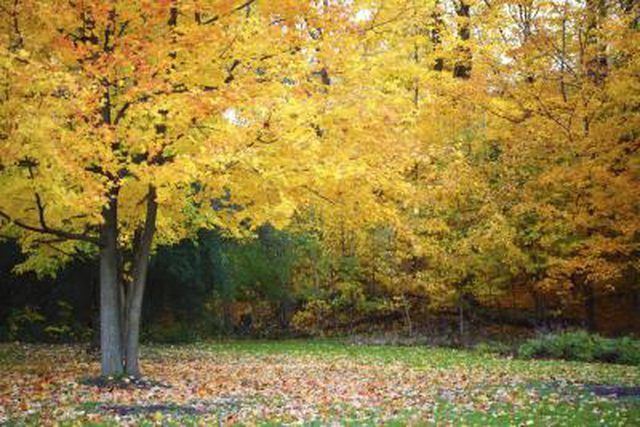
Sugar maple trees grow in the east from Tennessee, northern Georgia and southern Missouri, up to the north to Nova Scotia and Quebec. In the west, sugar maples occur from Minnesota in the south northward to Ontario and Manitoba’s southeast.
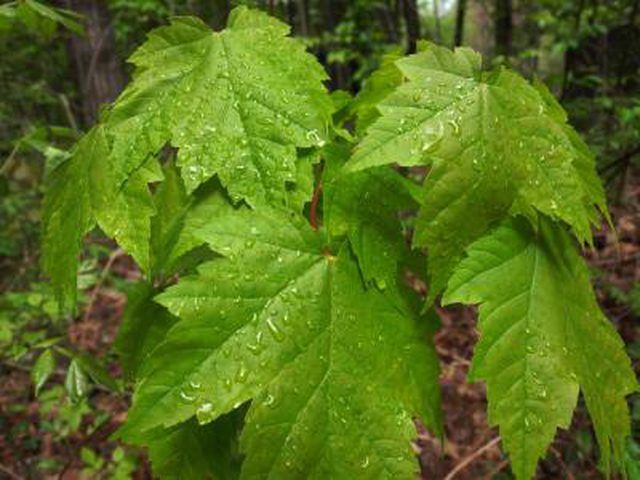
Sugar maple trees bloom in the spring, producing abundant yellow flowers. Young sugar maples have dark-gray bark; the bark of older trees may appear dark-brown because of ridges and grooves.
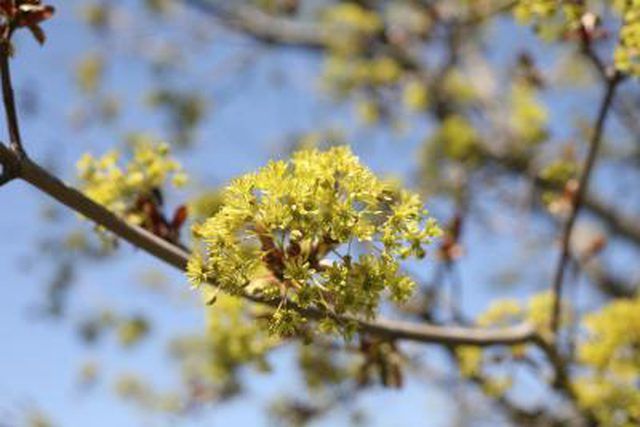
The most conducive soil conditions for sap production and tree growth is well-drained, fertile soil with fine or medium texture.
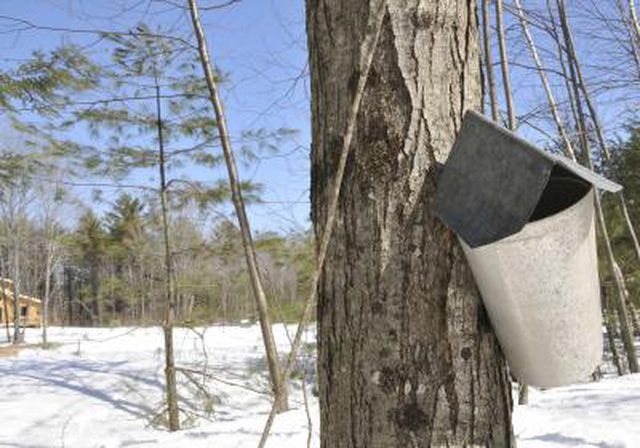
Hazards such as disease, insect infestation and injury can damage sugar maples. Sugar maples also have sensitivity to high amounts sodium content in soil, such as from road salt runoff.
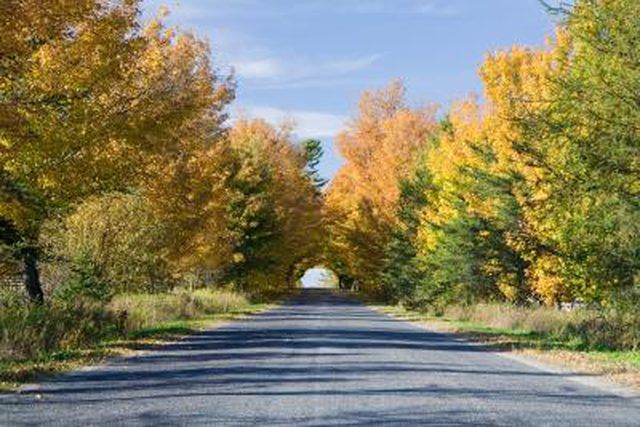
Sap products such as maple sugar, maple syrup and maple candies constitute the best-known sugar maple products. As a hardwood, this tree is also well suited to producing musical instruments, furniture and wooden household objects like rolling pins.